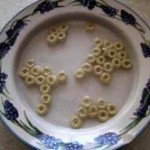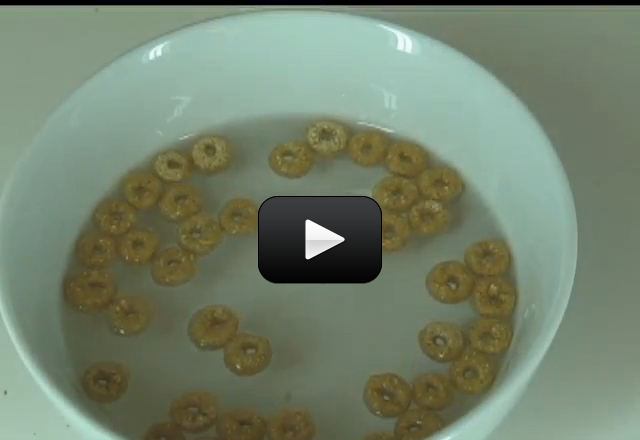 Did you know that your cereal may be magnetic? Depending on the brand of cereal you enjoy in the morning, you’ll be able to see the magnetic effects right in your bowl. You don’t have to eat this experiment when you’re done, but you may if you want to (this is one of the ONLY times I’m going to allow you do eat what you experiment with!) For a variation, pull out all the different boxes of cereal in your cupboard and see which has the greatest magnetic attraction.
Did you know that your cereal may be magnetic? Depending on the brand of cereal you enjoy in the morning, you’ll be able to see the magnetic effects right in your bowl. You don’t have to eat this experiment when you’re done, but you may if you want to (this is one of the ONLY times I’m going to allow you do eat what you experiment with!) For a variation, pull out all the different boxes of cereal in your cupboard and see which has the greatest magnetic attraction.
Please login or register to read the rest of this content.


We completed this experiment and concluded that our cereal is not attracted to each other because of magnetism. Instead it is moving to each “O” because of the meniscus becoming concave around the “O’s” and pulling surrounding “O’s” toward them. Magnets did not repel nor attract our “O’s.” We noticed the cereal moving toward the magnet if we accidentally dipped the magnet slightly into the water. This further backed up our conclusion that we were creating a dip in the surface of the water and causing the meniscus under the magnet to bend inward, thus pulling the cereal into the dip.